Ever since the last of the Apollo missions to the Moon back in December of 1972, manned space exploration has been completely trapped in Low Earth Orbit (LOE). Over the last almost 50 years our robotic probes have gone on to explore every large body in the Solar System and a lot of smaller bodies. However no human being has gone further than 1000 kilometers from the surface of the Earth.
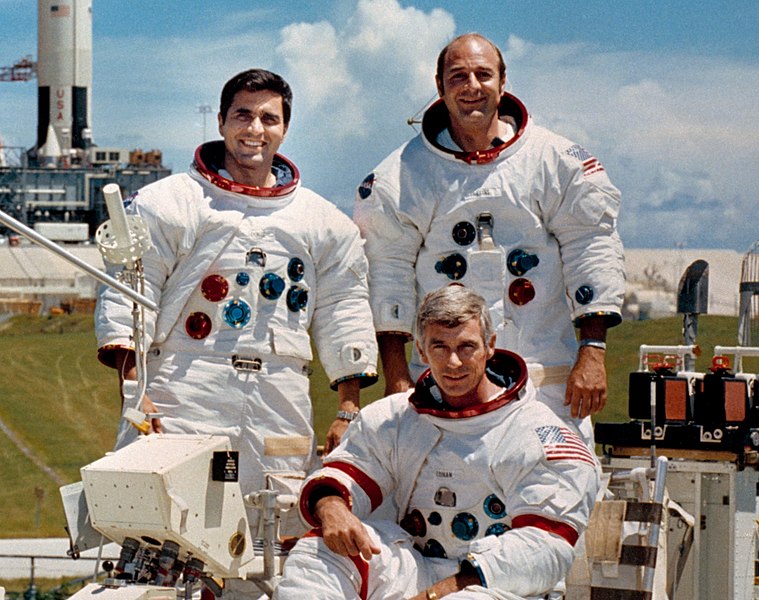
There have been a lot of proposals from NASA engineers, with plans pretty much alternating between returning to the Moon to establish a permanent base or else heading straight on to Mars. The most elaborate plan was developed during the George W. Bush administration with the ‘Constellation Program’ a scaled up version of the first Moon landings sometimes called Apollo on steroids. Constellation however was projected to be so expensive, and remember we were fighting a war on terror at that time, that it was quickly cast aside when the Obama administration took office.
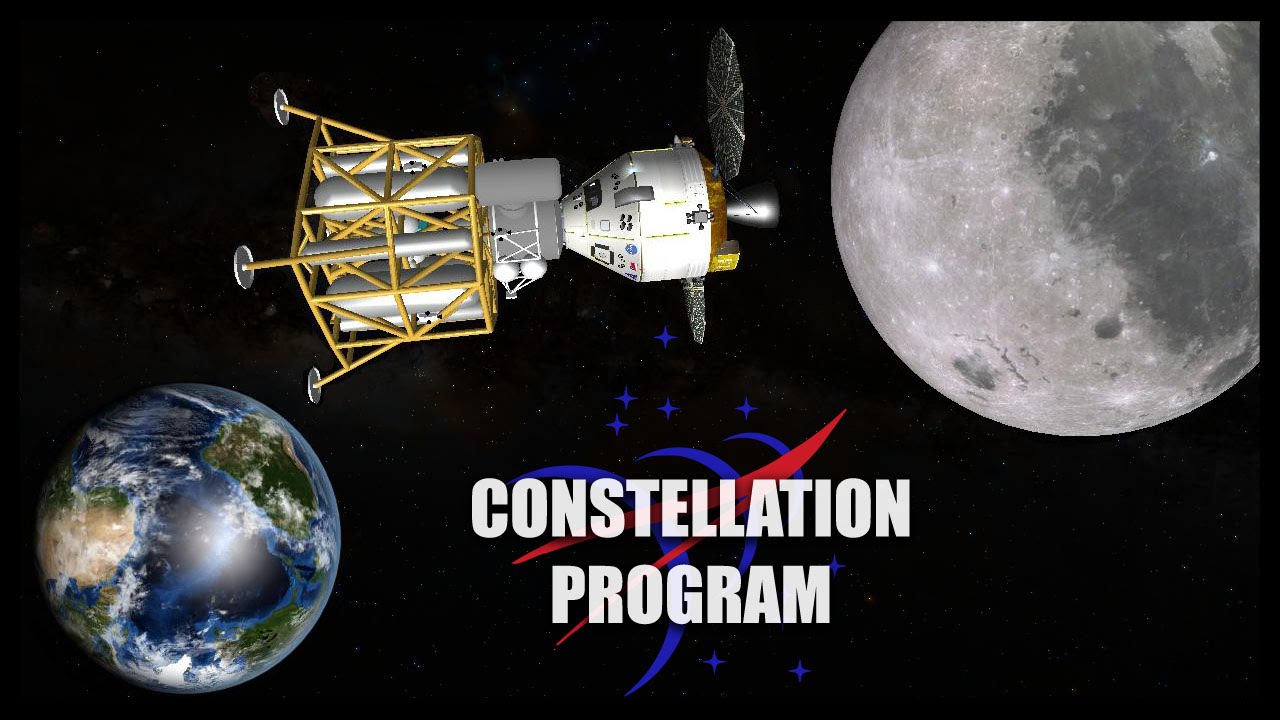
Faced with the cancellation of their main human spaceflight program NASA regrouped and decided to just try and coax enough money out of congress to develop a heavy lift vehicle that could take humans back into deep space. A rocket so powerful that it would rival the Apollo Saturn V and once that was built, tested and flying it could be used for a Moon return or Mars program, whichever they could talk the politicians into. This new ‘Space Launch System’ (SLS) would be cheap to develop, the engineers assured congress, because it would be based on designs from, and actually use hardware from the now cancelled Space Shuttle program.
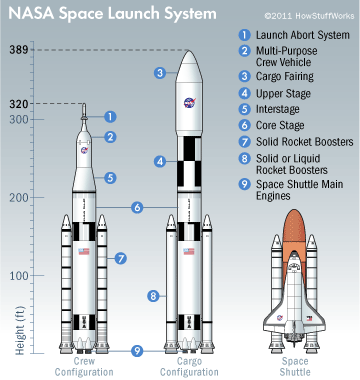
The new mega-rocket would be designed like this. A core section consisting of tanks for liquid oxygen and liquid hydrogen would be an elongated version of the big orange fuel tank used on the space shuttle. At the bottom of the core stage would be four RS-25 shuttle engines to provide 980 thousand kilograms of thrust for eight minutes. NASA actually had 16 of these engines left over at the end of the shuttle program so the first four SLSs will not even be required to have engines built for them. Then, attached to each side of the core section will be two, five section solid fuel boosters based upon the four section solid fuel boosters used for the space shuttle. With so much reuse of equipment and technology it was expected that the SLS would take very little time to develop and could be done at a reasonable cost.
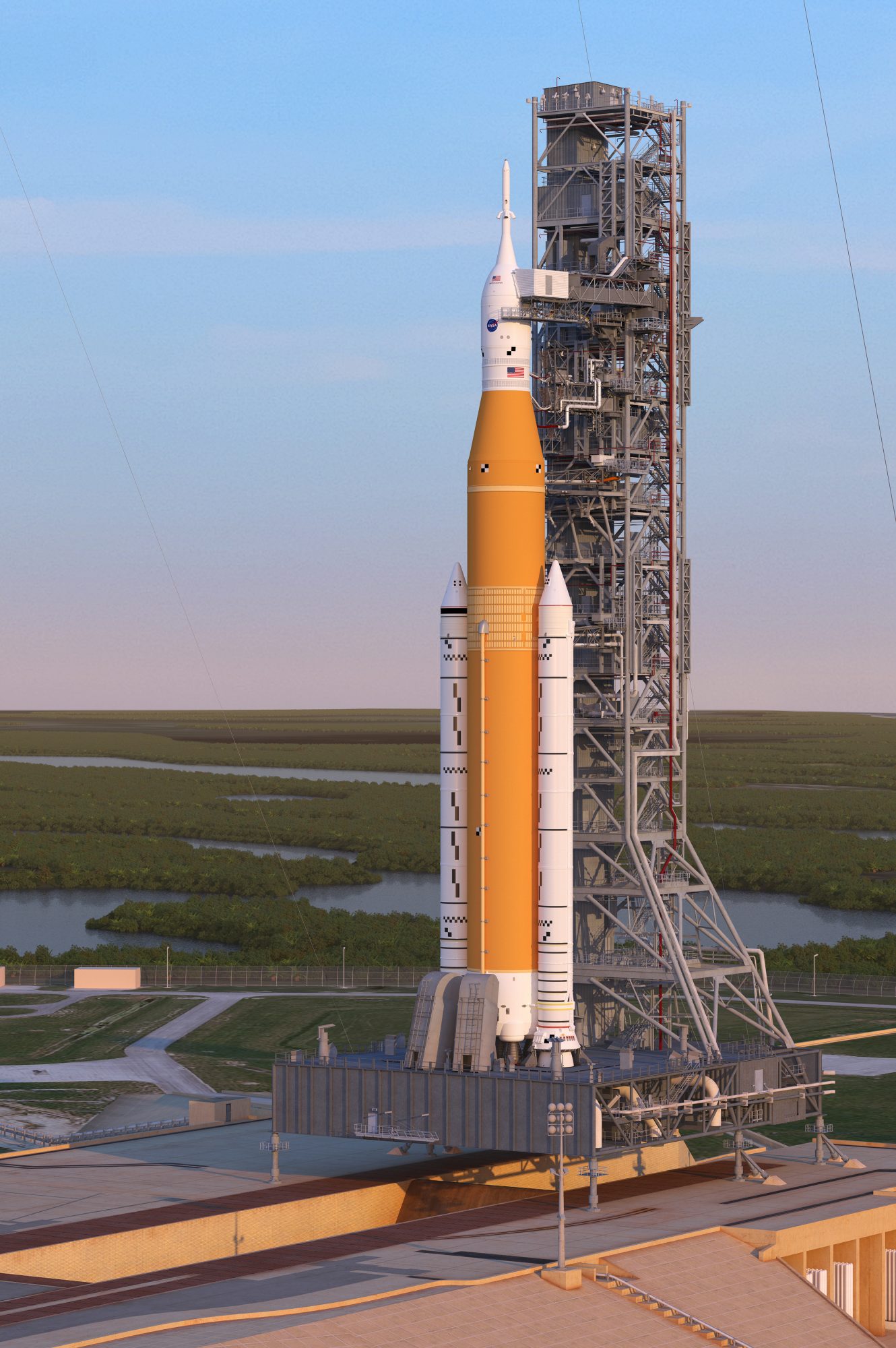
Congress approved the SLS in 2011 with a planned first launch to occur in 2017 at a total price tag of $18 billion dollars, of which $6 billion would go to the development of a manned capsule named Orion and $2 billion for upgrades to the launch pad. In other words the SLS itself was only supposed to cost $10 billion to develop.
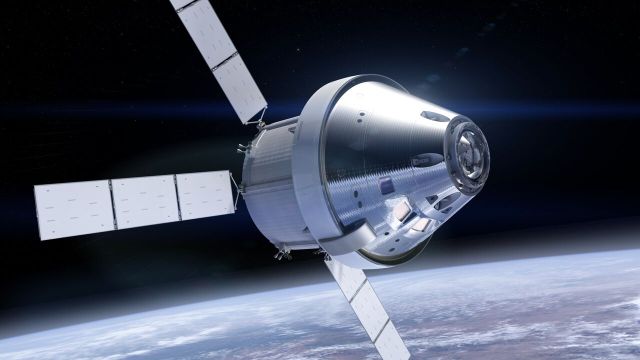
It didn’t work out that way. Because of both engineering difficulties as well as dithering by congress with the appropriations the SLS has been subjected to an ongoing series of delays and cost overruns. Currently the program is four years behind schedule and will end up costing more than $18 billion dollars and we still haven’t had a single flight.
Even worse, thanks to the amazing success of Space X with their reusable Falcon 9 launch vehicle, the entire rational for a super heavy, and very costly SLS has been called into question. The SLS program has so far been saved from the budget ax however thanks to strong support from the senators and congresspersons in whose states the majority of the work is being accomplished.
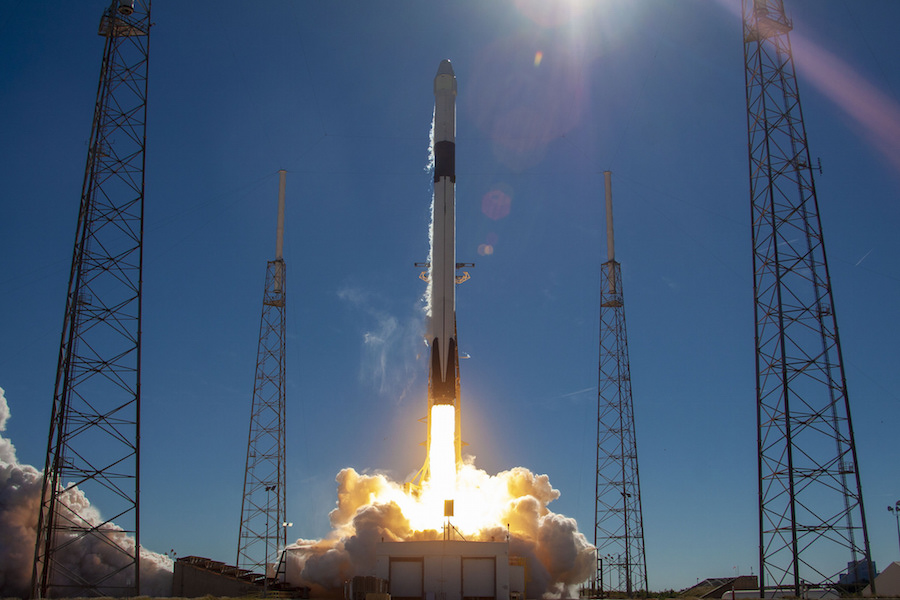
And we are now at least coming close to seeing the results of all that effort. In January of 2020 the first core stage of an SLS was completed and delivered to NASA’s test range. Again a series of minor problems caused delays so that the whole test program took nearly twice what was scheduled. The final ‘Hot Fire Test’ of the core stage of the SLS was only completed on March 18 of 2021.
The vehicle has since been sent to Kennedy Space Center to begin full assembly with first the side boosters and then an Orion capsule and service module. That first assembly step has now been completed and the most powerful rocket since the Saturn V is presently taking shape in the Vehicle Assembly Building at Cape Kennedy. The first launch of an SLS, officially designated as the ‘Artemis 1’ mission, is scheduled to take place no earlier than (NET) the 4th of November this year. That initial launch will be unmanned but it will send the man capable Orion capsule on a trans-Lunar trajectory.
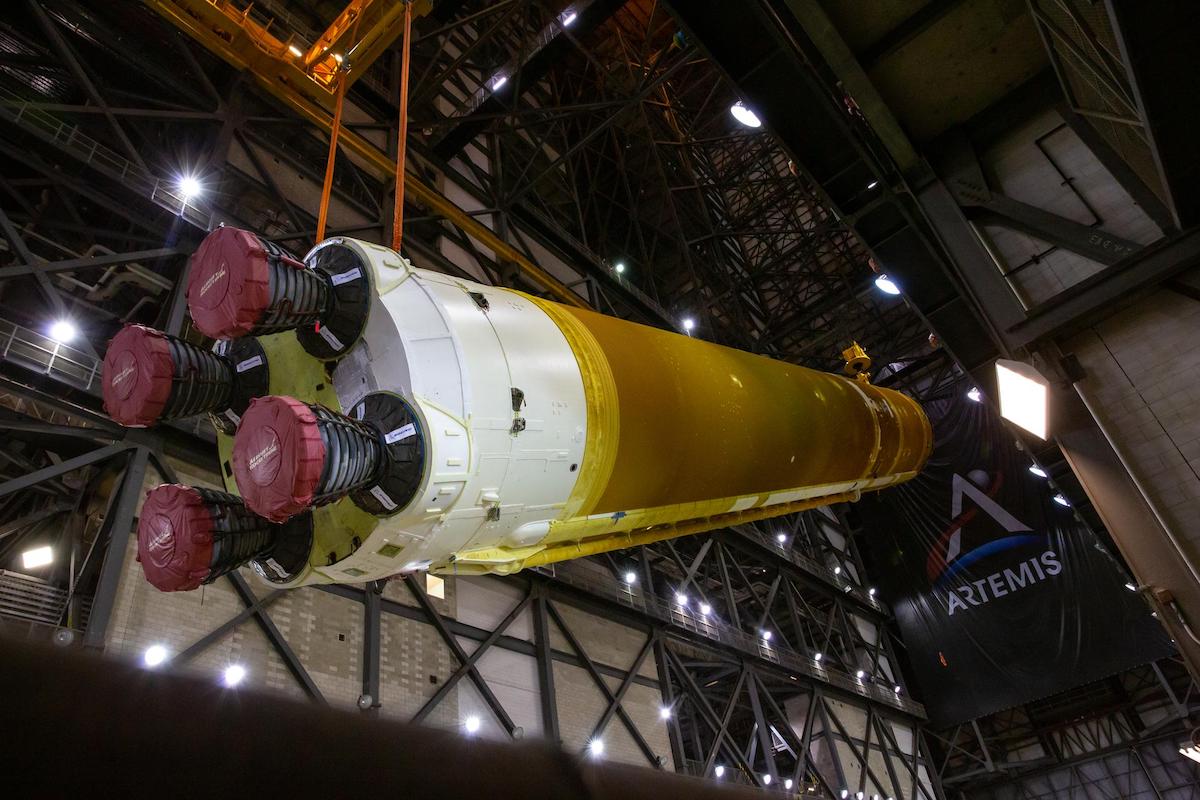
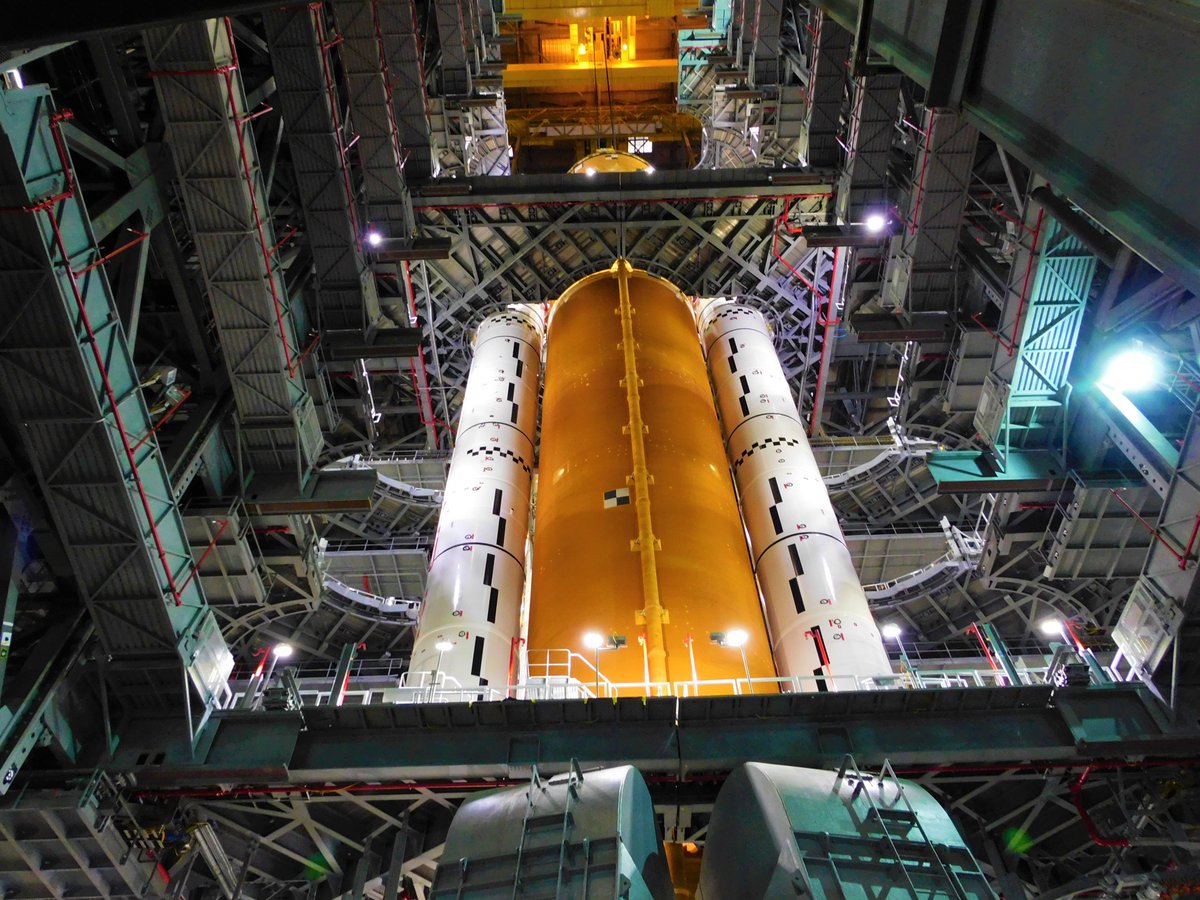
The first manned launch of the SLS, designated as ‘Artemis 2’ is scheduled to take place NET September 2023. Artemis 2 will carry astronauts back to the Moon for the first time in more than 50 years on a mission that will resemble Apollo 8, orbiting but not landing on the Lunar surface. The actual first landing of the Artemis program is scheduled for NET October 2024 with the Artemis 3 mission but considering construction of the Artemis Lunar landing module has not even begun that date can best be described as tentative.
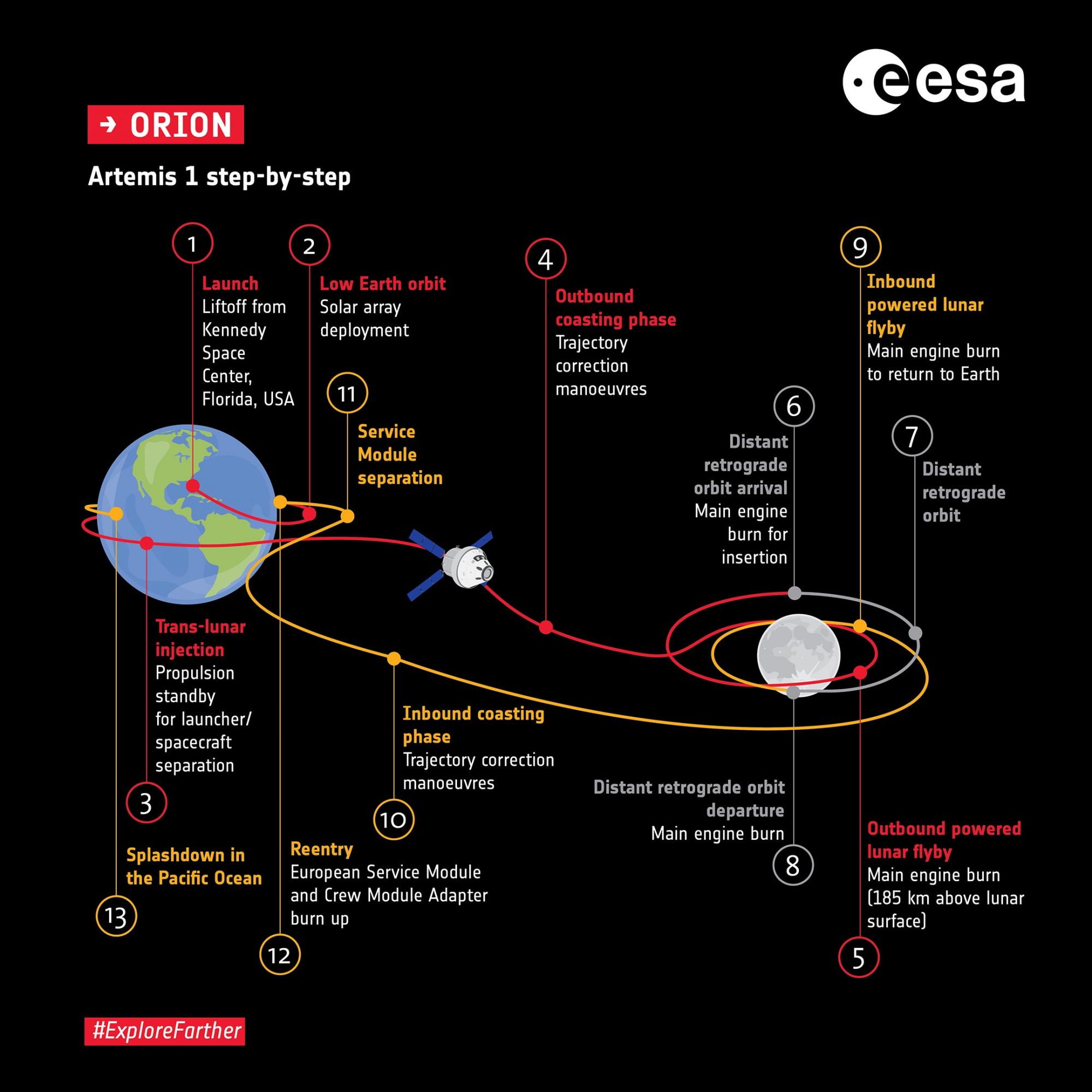
And over the next several years there is the potential for more changes, more deviations from NASA’s planned path for the SLS. The space agency still wants to build the Lunar Gateway space station in orbit around the Moon but it is quite possible that most of the modules for Gateway may be launched on commercial rockets rather than the SLS.
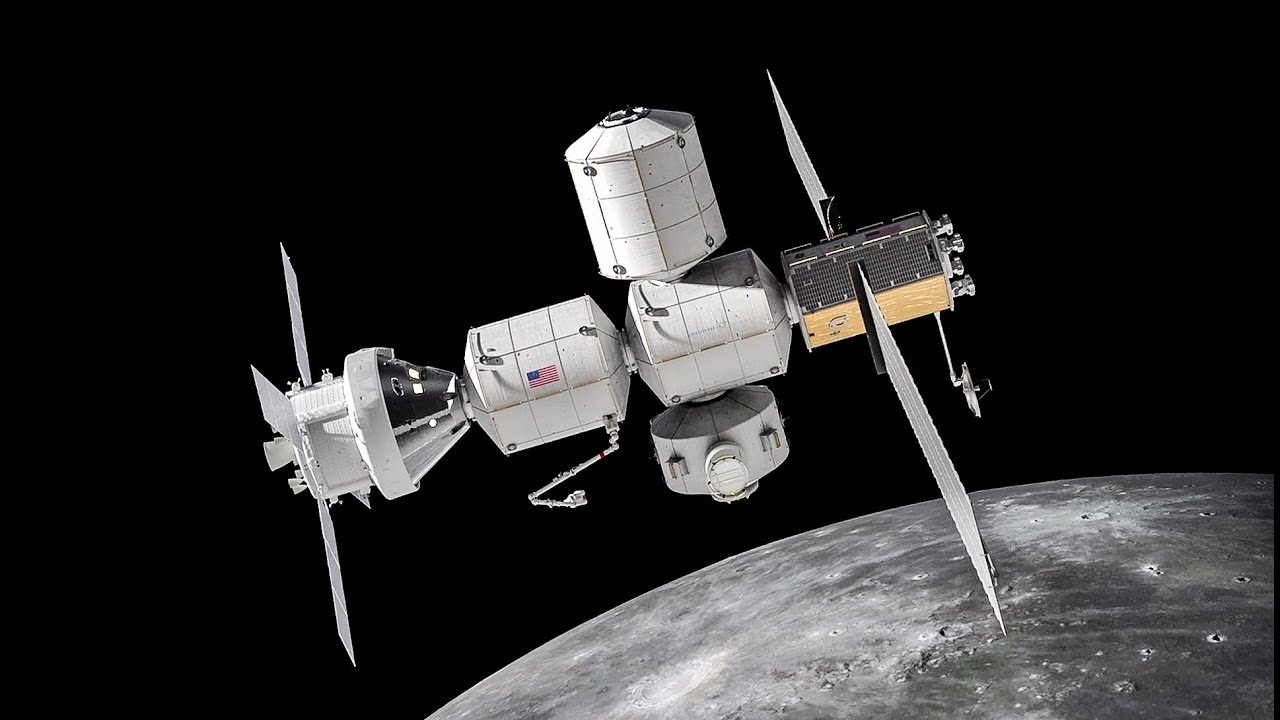
And Mars? Well that’s so far down the road that the SLS could be totally obsolete by then. In fact, if you want my opinion the odds are that in the end the thirteen launches of the Saturn V will outnumber those of the SLS.
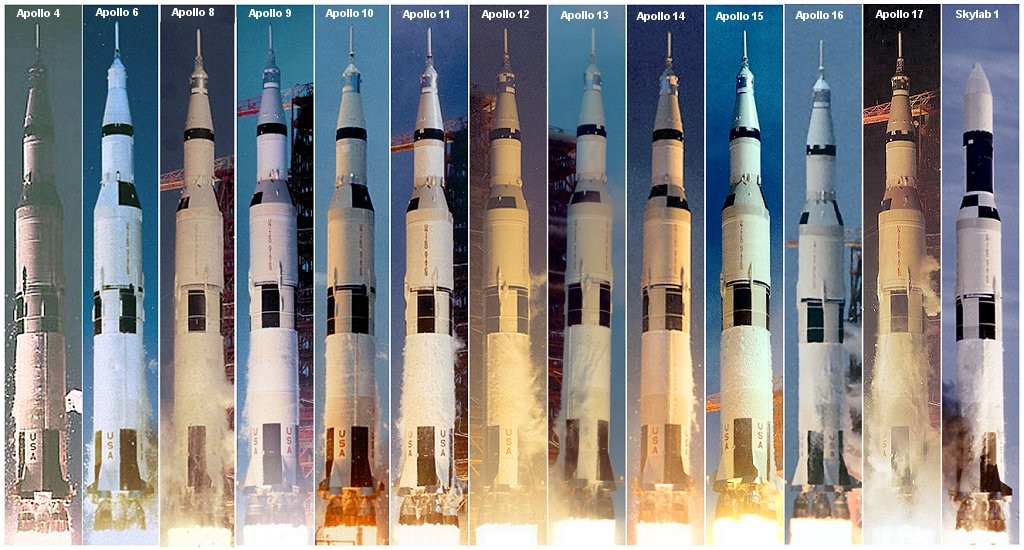
Still, come this fall, cross your fingers, we will get to see a sight that hasn’t been seen for nearly 50 years, the launch of a really big, Moon capable rocket!
